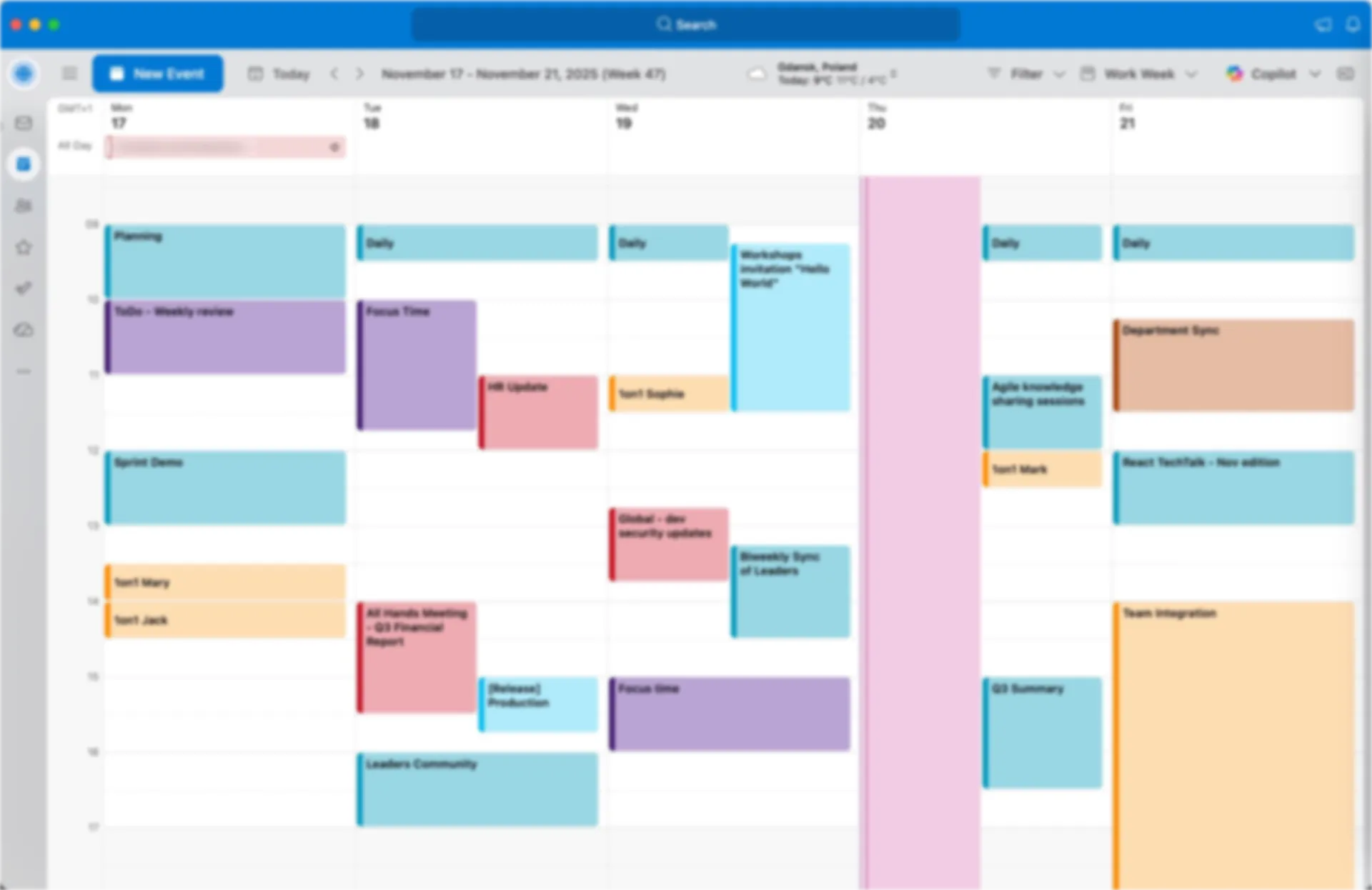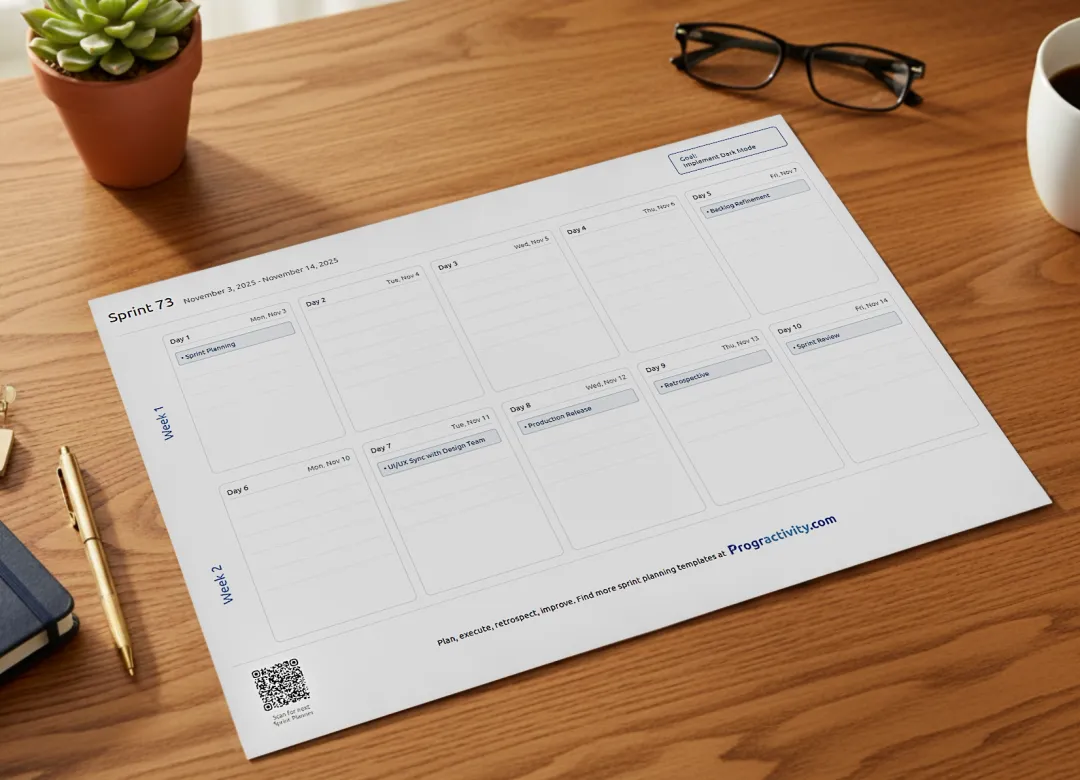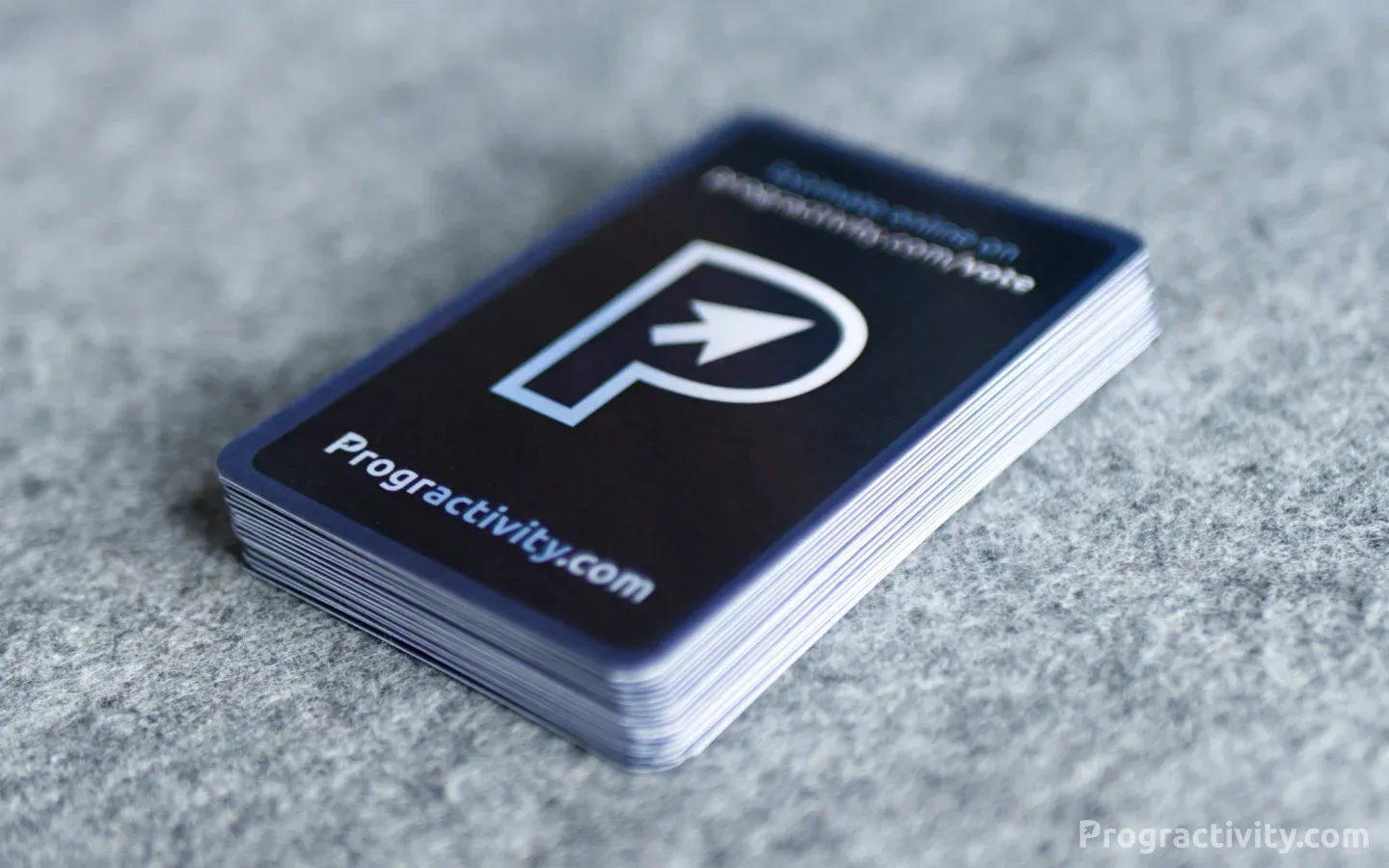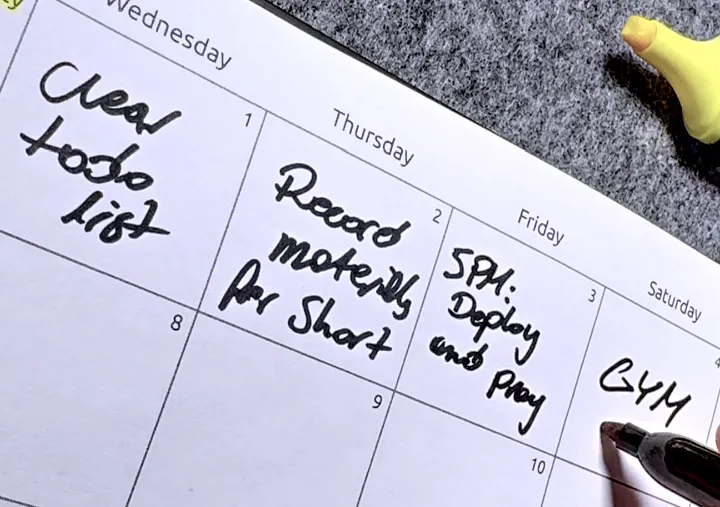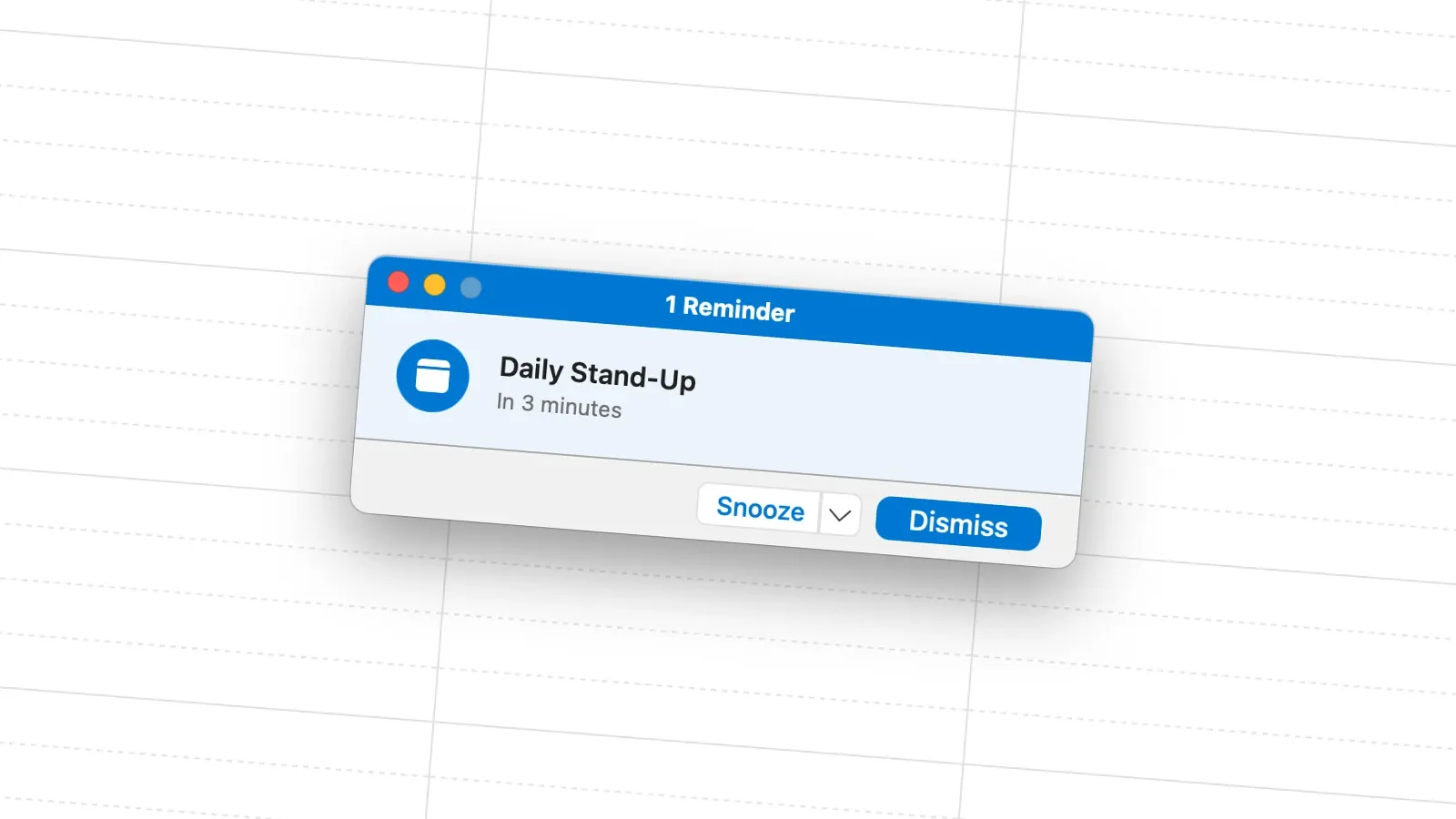Why Print Your Sprint Calendar?
While digital tools have their place, there’s significant value in having a physical, printed sprint calendar at your desk. Here’s why:
Clarity Through Handwriting
Writing tasks by hand forces you to think critically about your daily priorities. Research shows that handwriting improves memory retention and helps you internalize your commitments. Each morning, take a moment to write down your top tasks for the day in the designated space.
Tangible Progress Tracking
There’s something deeply satisfying about physically crossing off completed tasks. A printed calendar provides a visible record of your sprint progress - you can literally see your accomplishments accumulate day by day.
Focus Without Digital Distractions
Having your sprint plan on paper means you can reference it without opening your laptop or unlocking your phone. No notifications, no temptation to check email, just your focused sprint plan. Learn more about maintaining daily focus in our guide on focusing on a single task per day.
Perfect for Team Visibility
Print your sprint calendar and display it on your team board. It creates shared awareness of sprint goals, important dates, and upcoming ceremonies. Physical visibility encourages team alignment and spontaneous collaboration.
